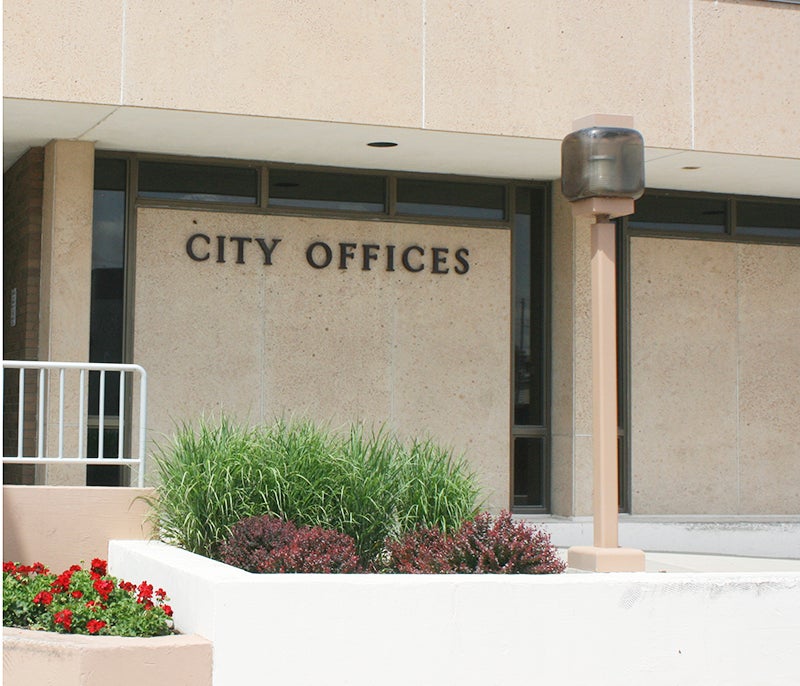Watershed District preparing for dredging phase two
Published 10:53 pm Friday, September 7, 2018
Hiccup in CDF preparation has the District hustling for a fix
Problems caused by soil types at the site for confined disposal facilities two and three meant the Shell Rock River Watershed District board passed a change order Thursday that more than tripled the bid price for the site’s tile project.
“We’re running into quite a bit of problems out there due to soil and wetness,” District Administrator Andy Henschel said.
The tile allows the district to divert water around the cells ahead of the cell’s construction. He said the timing was urgent because the district needed to bid out the contract for the cells’ construction, which would take place after the tile was placed.
According to Henschel, the district accepted a $35,000 bid from Dulas Excavating Inc. out of Wells for the tile project. The Watershed District is subject to low bid laws. Henschel said other bids for the project came in closer to $80,000.
The change order passed by the district board was not to exceed $118,000 to complete the tile project. Henschel said as of Thursday, $15,000 worth of work had been done.
“From ($35,000) to ($118,000) is quite a difference,” board treasurer Al Bakken said.
Henschel said the district is receiving quotes for the tile project and could accept a lower bid than the amount specified on the change order should one come in.
Henschel said the project completion date of Oct. 1 should allow the district to move forward.
“I can’t stress how urgent this is as far as timing,” he said.
Henschel said phase two, which would dredge the northwest portion of Fountain Lake, could start as early as fall 2019 or spring 2020 if the CDFs are ready. However, that start date depends on a mandated period of rest. The construction method chosen by the Watershed District would build berms on top of the peat rather than removing it, then allow the peat to settle before construction work was finished. That period of rest, determined by the Minnesota Department of Natural Resources, is two seasons, Henschel said.
The district then accepted a $2.3 million bid from specialty construction company Veit & Company Inc. for the construction of CDF cells two and three. The bid was the lower of two, the other of which paired a higher cost with a quicker finish.
Henschel said the regular construction deadline is in December 2019.
Board manager Joe Pacovsky asked how money spent on cells two and three would compare to the budget.
Henschel said the 2018 budget had little in it for CDF cells two and three, but by “moving funds around,” the district would be able to swing it. The total project cost would come in 2019. According to Bakken, the district budgeted $1.2 million for 2019, but of the $2 million set aside for CDF funding in 2018, only $180,000 had been spent.
“What I’m saying is, there’s funds available here already to do it,” Bakken said.
Funds for the tile project do not come out of the CDF budget, Henschel said.
Pacovsky asked whether the district, after eating through state bond money for the dredge with construction of CDF cells two and three and the completion of dredging phase one, would need additional state bonding money. Henschel said the district could draw on local bonding money and its reserve funds for 2020. By the end of 2021 and the end of phase two, Henschel predicted the district would run in the red by $231,000. However, he said that figure did not account for the sale of the dredge or of district-owned land.
“With some changing and massaging over the next four years, I think we’ll definitely have plenty for contract two,” Henschel said.
For phase three? In state funding, land acquisition and CDF construction, “We’re basically starting over,” he said.





